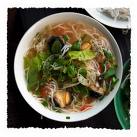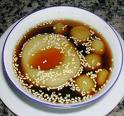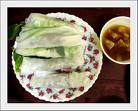The following information is for reference only and it may vary from the actual visa requirements. Symposium delgates are required to check with their local Vietnamese Embassy/Consulate Offices to obtain the up-to-date visa information. Only citizens of the following countries can visit Vietnam without an entry visa: - for not more than 30 days: citizens of Thailand, Philippines, Malaysia, Singapore, Indonesia and Laos. Citizens from all other countries are required to obtain an entry visa before departure by applying to the Vietnam Embassy and/or Consulate (in case there is a Consulate instead of Embassy) in their country. Travel Information Most of the information on travel to Vietnam can be found at the website: / After you arrive at the Hanoi Airport, the most convenient way to travel to your hotel is by taxi. The taxi service offered at the airport information counter (at the arrival hall) is more luxurious, which means it is at a higher price. You may also like to walk out of the arrival hall, within 10 metres, to the public taxi stand, where the taxi to city is at two similar flat rates (depending on which city areas) and cheaper. However, the taxi driver may not speak any English at all. It is advised to have your hotel name/address print-out in case of need. The taxi trip to city, depends on the traffic condition is between 45 minutes to 75 minutes. You can pay the taxi driver either by the Vietnamese currency or US dollars. |
||||||||||||
Hanoi (River Interior), with estimated population nearly 6.5 million (2009), is the capital and second-largest city of Vietnam. The city is located on the right bank of the Red River.
|
||||||||||||
Some local traditional foods which are very delicious and well-known over the world:
|















